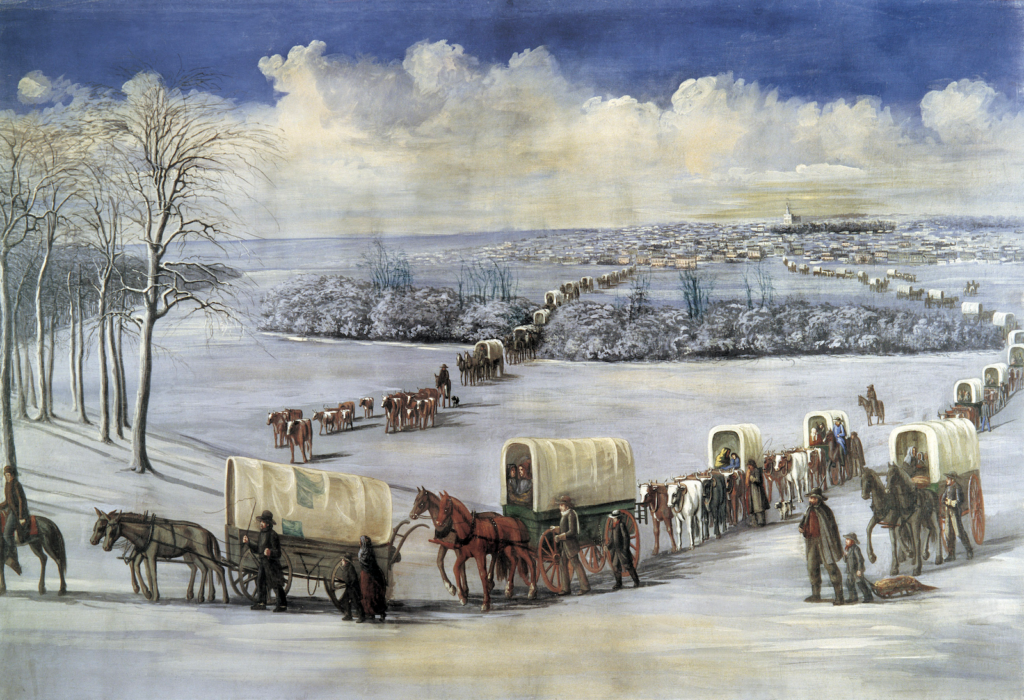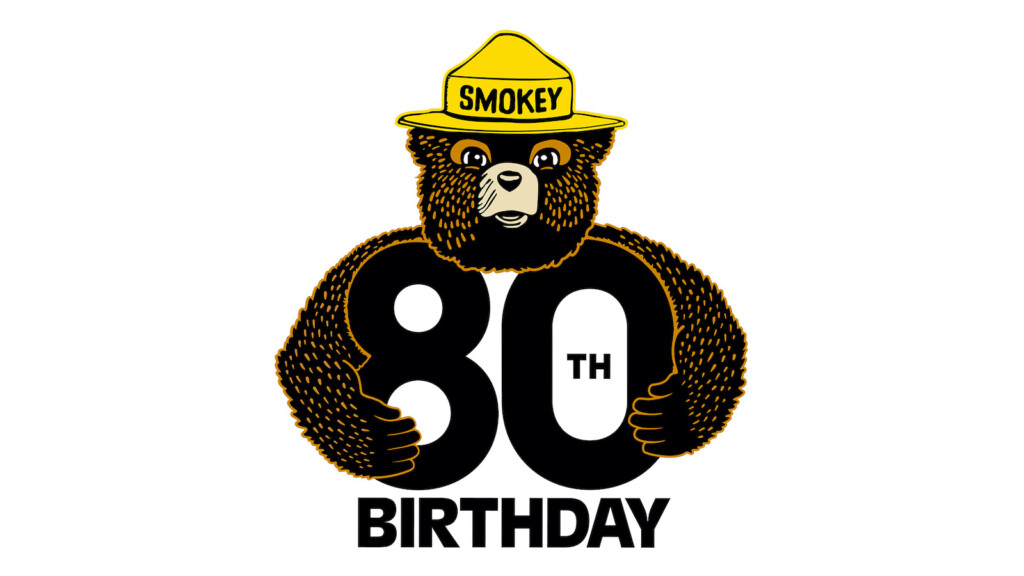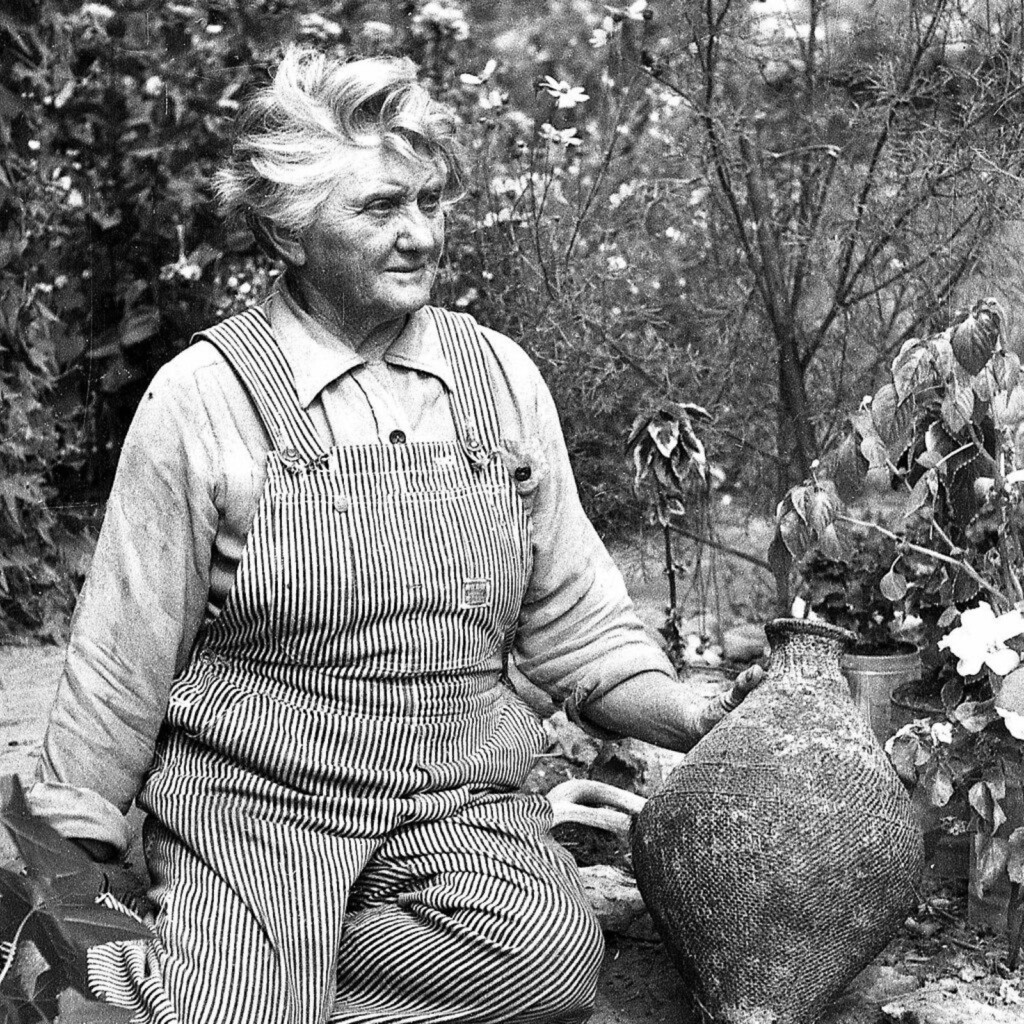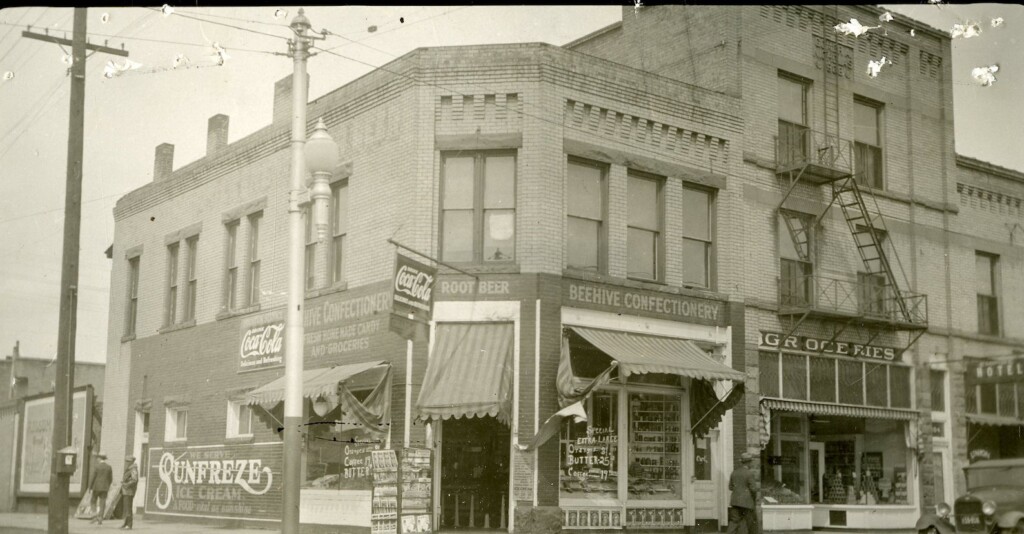The hardy immigrants who gave up the comforts of hearth and home for an unknown destination in an untamed land did so with unwavering faith. Facing Indian attacks, wild animals, disease, unbearable heat and cold, the death of loved ones, and the constant, aching pain of hunger as a cruel and constant companion, they forged ahead, perseverant, seldom complaining, always hopeful that their almost unbearable suffering would eventually be rewarded by a loving God.
But there were good times, too. Thousands of stories recounting moments of joy were recorded in the journals of many of these intrepid souls, and while many of these events have been embellished over the years to serve as “faith-promoting” experiences for the less devout, they still serve as reminders that good things can happen even during the most trying of times.
Other events, many of them quite ordinary, have been exaggerated to miracle status over the years, such as the story of the seagulls and the crickets. But among both the uplifting and the mundane entries found in many pioneer accounts, there are also tales of the tragic, the unusual, and the downright bizarre.
Hunger and starvation can make people do desperate things. During times of overwhelming deprivation, pioneer children would turn empty flour sacks inside out and suck on the seams. One man tried to make soup out of a skunk, while another man, William Whittaker, was so hungry that he ate the flesh off his own fingers before attempting to eat the flesh from another living person’s hand. He died shortly thereafter.
Even fashion could be lethal on such an arduous trek. Catering more to modesty than to common sense, Emily Bloomer, in 1849, devised garments for women that were completely inappropriate and even dangerous for pioneer women to wear. Known as “bloomers,” these awkward and ungainly skirts were responsible for the injuries and deaths of several pioneer women when, according to author Stanley B. Kimball, they “[became] entangled in ox chains, wagon wheels, brakes, and other wagon parts.” [Stanley B. Kimball, The Unusual and Strange on Mormon Trails, 1831-68: A New Look, 1988]
Kimball continues: “Men’s clothes seldom led to accidents, but inexperience could. In 1850, one Scottish immigrant, for example, unused to handling long bull whips, tried to use his whip while it was wet. Wet whips do not throw properly. Instead of hitting an ox, the whip looped around the ox chains; and the whip, fastened to the man’s hand by a cord, dragged him under his own wagon.”
Death was a daily occurrence along the trail, and there were many burials, except when the ground was frozen solid. One mother, in the throes of anguish and grief, wrapped her presumably dead infant in a blanket and left it under a bush. Later that night, she felt inclined to check on it. She was exuberant upon finding the baby alive and joyously returned with it to camp.
As if the physical world didn’t impose enough hardships, the early Saints were also subjected to supernatural events, with many claiming to have seen the devil himself, along with other spirits both good and evil.
“The earliest of these accounts comes from the Kirtland camp of 1838 in its move from Kirtland, Ohio, to Far West, Missouri. According to Arouet L. Hale, sometime in July, after Sunday services, a Brother Willey was suddenly thrown on his back by the power of the devil. He raved and frothed at the mouth like a mad man. The elders administered to him and rebuked the evil spirit. After the second rebuke, the ‘Devil went out of Brother Willey and went stomping through camp’ … ”
Other supernatural events were seen as comforts, with spirits of deceased loved ones appearing either in person or in dreams. On the night of October 28, 1857, the night before rescue teams from Salt Lake City reached the company, a woman who had recently lost her husband saw him in a dream in which he said to her, “Cheer up, Elizabeth, deliverance is at hand.”
There are accounts of a girl with a wooden leg, a man with no leg, and another with no arm, all making the journey safely.
“A sixty-year-old blind sister from Norway walked all the way, cheerfully pushing her handcart and helped by her daughter. ‘We could hear merry laughter,’ one member of her company recorded, ‘when she unexpectedly found herself wading one or another of the many streams of water which were found along our way.’”
These and hundreds of other incidents attest to the incredible faith and endurance of those pious souls who settled the lonesome valley that more than a million people now call home.
As we prepare to celebrate Pioneer Day, it is hard to comprehend, in our comfortable, modern lives, the trials that tested our predecessors.
Photo:
Crossing the Mississippi on the Ice
By C. C. A. Christensen – Brigham Young University Museum of Art, Public Domain
Sources cited:
- Stanley B. Kimball, The Unusual and Strange on Mormon Trails, 1831-68: A New Look, 1988
- Andrew D. Olsen, The Price We Paid: The Extraordinary Story of the Willie and Martin Handcart Pioneers, 2006
- Shirley A. Bahlmann and Albert C. T. Antrei, Against All Odds: Amazing Pioneer Stories of Courage and Survival, 2001






